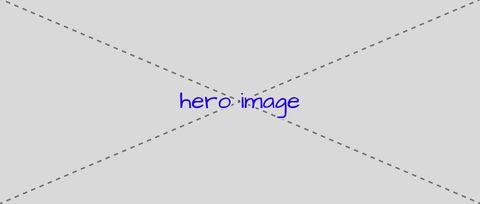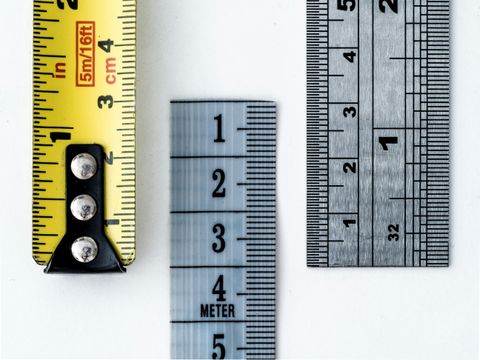The main difference you will notice from Susy 1.0 is a
“natural-language” syntax that allows you to adjust settings more
quickly and easily on the fly. You can also go gridless, and we’ll still
help you manage your layouts.
Span Anything
The main layout mixin is called span and allows you to span columns on
a grid, or span any width you want, and forget about grids entirely.
@include span(50%);
@include span(300px);
@include span(3);
@include span(4 of 12);
@include span(last 3 of 5);
@include span(last 3 of 5 isolate);
@include span(2 at 3 of 12);
@include span(isolate 30em gutter 20px at 30%);
You can also use various keywords to change your output from the
defaults. Output static or fluid units; move gutters before,
after, split, or inside; isolate or float elements; and so on.
Establishing Grids
In Susy 2.0, you still can set individual settings, but you can also
contain an entire grid in a single argument. That allows us to change
grids easily:
$container: 80%;
$columns: 12;
$gutters: 1/4;
$gutter-placement: before;
@include set-grid(80% 12 1/4 before);
Let’s dissect that.
- A grid starts with an optional container-width, similar to the Susy
1.0
$container-width setting – in this case 80%.
- After that we have columns, which can either be a simple number for
symmetrical grids (in this case
12) or a list of relative column
sizes: (1 2 3.5 2) would create 4 columns of unequal size.
- Then gutters are passed as a simple fraction -
1/4 of a column for
us. If you want to establish column/gutter widths as you did in Susy
1.0, you can pass your ratio as a list of two values – (4em 1em) –
and we’ll use those values as column and gutter widths.
- Finally you can pass a number of optional keyword settings, such as
before, after, split, and inside to change how we handle
gutters; static or fluid to use either fixed or relative widths;
and float or isolate to establish your default positioning.
Here are a few grids:
$susy-1-default: 12 (4em 1em) after;
$960-ish: 12 (60px 20px) inside static;
$asymmetrical: (2 8 2) 1/3 isolate;
@include set-grid($susy-1-default);
@include use-grid($960-ish) {
}
You can use set-grid() to establish new grids anywhere you need, or
use-grid() { ... } to use a new grid for one block of code.
As you can see, we’re trying to make the system as flexible as possible,
so you can create the layouts that work for you.
Containers and Grid Backgrounds
Containers are simple with the container mixin, and the grid syntax
you already learned.
@include container($grid);
Of course, we’ll default to any grid you already set globally. you can
also pass an arbitrary width, or add keywords to justify your container
left, right, or center.
@include container(960px left);
While you’re at it, you can show or hide the grid background for
that particular container:
@include container(show);
You can now create a simple gallery layout using either isolation or
basic float techniques. The syntax should be familiar already:
@include gallery(2 of 12 isolate);
Media-query handling hasn’t been built in yet. We recommend that you use
the brilliant breakpoint plugin by Mason Wendell. We’ll add a bit of
integration in before 2.0 stable, but for now you can just add the use-grid() mixin inside any media-queries to
change your grids:
@include breakpoint(50em) {
@include use-grid($my-grid) {
}
}



